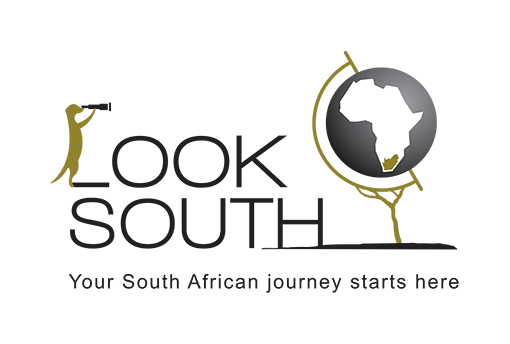A diverse culture and heritage
South Africa’s historical attractions go back more than 3 million years to when early hominids roamed. These distant relatives evolved into the earliest humans and dispersed to populate the world.
It is the return of their descendants in a great diversity of races and cultures that is part of South Africa’s history. The Khoi came back 2 millennia ago, followed by advancing Iron Age groups moving south from the northern and eastern regions of the continent.
By 1100AD Mapungubwe in the Limpopo Valley was the seat of the greatest kingdom in southern Africa, trading gold and ivory with the Middle and Far East.
In 1488, the Portuguese mariner, Bartholomeu Dias, rounded the Cape and discovered the south-eastern entry to the Indian Ocean which heralded an astonishing period of European empire building. In 1652, the Dutch established a refreshment station in what is now Cape Town, and a bloody quest for domination and survival ensued. This coalesced into a racial war and the Freedom Struggle, culminating in the downfall of apartheid in 1994.
It is this rich history that makes South Africa’s attractions unique, and it has been famously referred to as the rainbow nation because it is made up of so many diverse cultures, religions and languages.
World Heritage sites
- The iSimangaliso Greater St. Lucia Wetland Park (pic 1)
- The uKhahlamba Drakensberg Park
- Robben Island
- The Fossil Hominid Sites of Sterkfontein, Swartkrans, Kromdraai and environs
- The Mapungubwe Cultural Landscape (2)
- The Cradle of Mankind (3)
- The Vredefort Dome
- The Cape Floral Region (4)
- The Richtersveld Cultural and Botanical Landscape.







